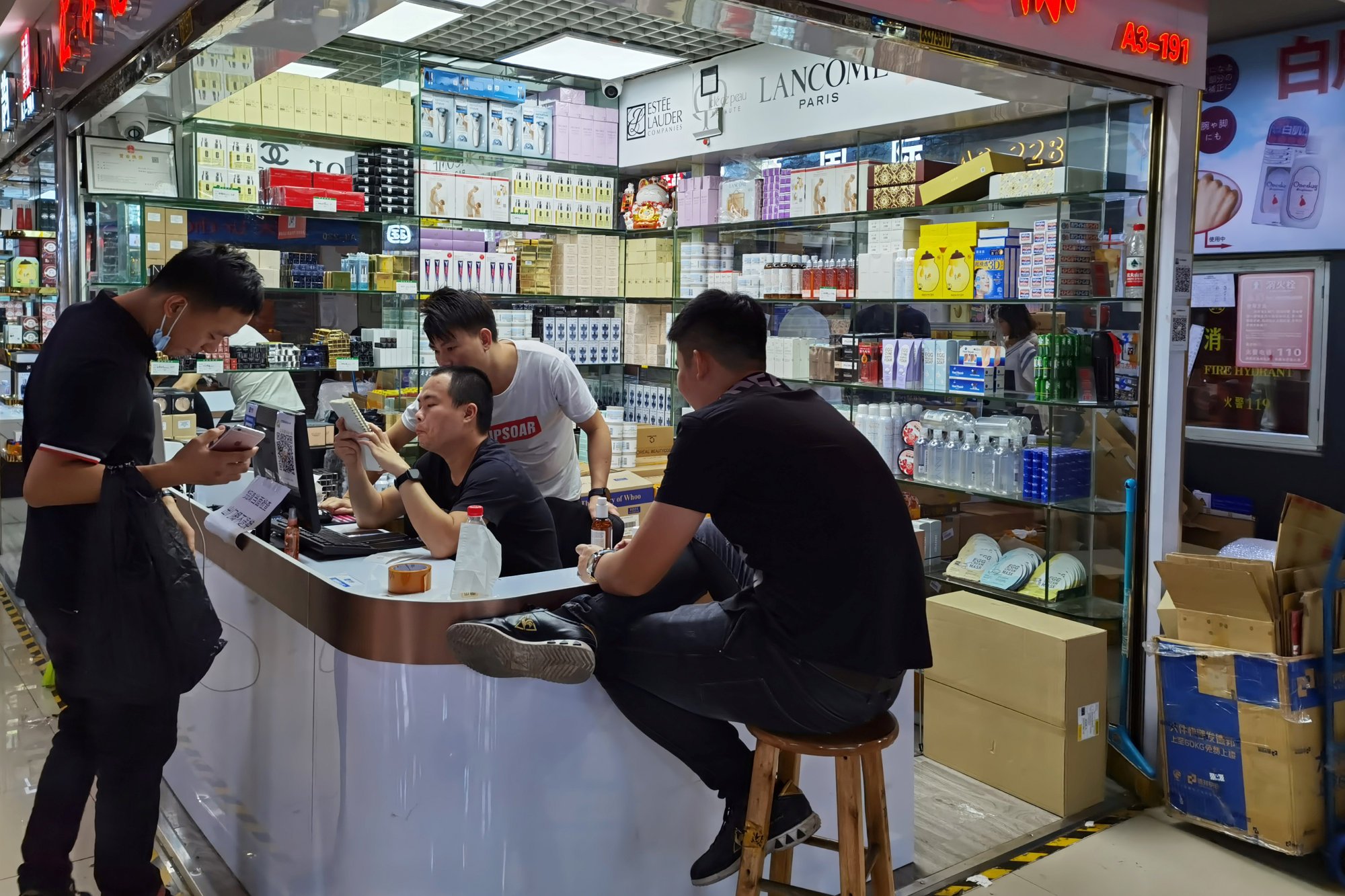
China’s shopping centre and street shop landlords offer rental discounts to contain retail space vacancies, supply pressure
- The vacancy rate of prime retail space in Shanghai stood at 7.6 per cent at the end of June, while Beijing recorded 8.1 per cent in the same month
- Guangzhou’s retail space vacancy rate reached 9.7 per cent in June, while southern tech hub Shenzhen posted a 4.8 per cent rate in the same period
Landlords of shopping centres and street shops in China’s major cities are now increasingly offering rental concessions to avert higher retail space vacancies amid sluggish consumer spending.
Retail spaces located in non-central business district areas will find it difficult to maintain tenants or lure new brands in the second half of this year because many companies prefer prime locations, where strong foot traffic can be guaranteed, according to property service firm JLL.
“Decentralised shopping malls do face pressure [to retain tenants],” said Neo Huang, head of retail agency leasing business for JLL East China. “Owners and managers are supposed to add some lustre to their projects via meticulous design and deco, so that their malls can become attractive to brands.”

Shanghai’s retail spending in the first six months of 2023 grew 23.5 per cent year on year to 937.8 billion yuan (US$130.6 billion), the local statistics authorities announced on Thursday.
With lots of work to do, Shanghai urged to show ‘dragon’s head’ in investor push
“There are bad signs that some retail brands are looking to cut their rental costs by reducing the number of outlets or cutting the size of shops,” said You Liangzhou, who owns property agency Baonuo in Shanghai. “The bearish outlook for the commercial real estate market will force some landlords to offer discounts on rents.”
In the second half this year, Shanghai will see a fresh supply of about 500,000 square metres of prime retail space, nearly tenfold the new space of 53,000 sq metres recorded from January to June, according to CBRE.

In June, retail sales growth across the nation fell 3.1 per cent year on year. That was down from an 18.4 per cent increase in April and 12.7 per cent in May.
‘Worrying for a struggling economy’: China’s second-quarter growth fans fears
Zhou Shiyu, a senior official at Shanghai Join Buy, one of the city’s biggest commercial property owners, said landlords are planning for rainy days because some underperforming brands are likely to close down their shops in the coming two or three quarters.
“Landlords are giving priority to retain existing tenants by offering rental concessions,” he said. “It is time to play defensively.”
JLL’s Huang said sportswear and sports equipment brands, skincare and perfume brands, emerging designer fashion brands, electric vehicle makers and smart home device retailers are still pursuing prime retail space, despite the slowing economy.

